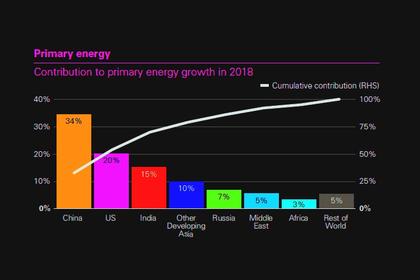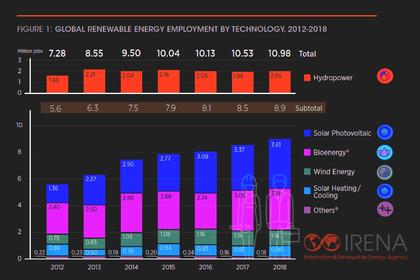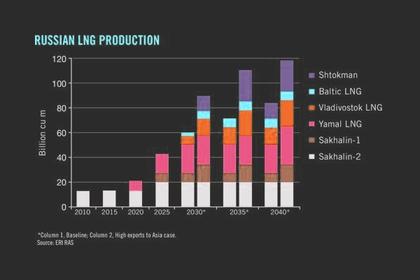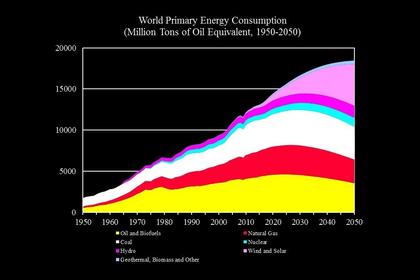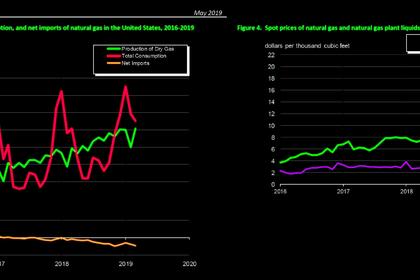
GLOBAL GAS FLARING UP 3%
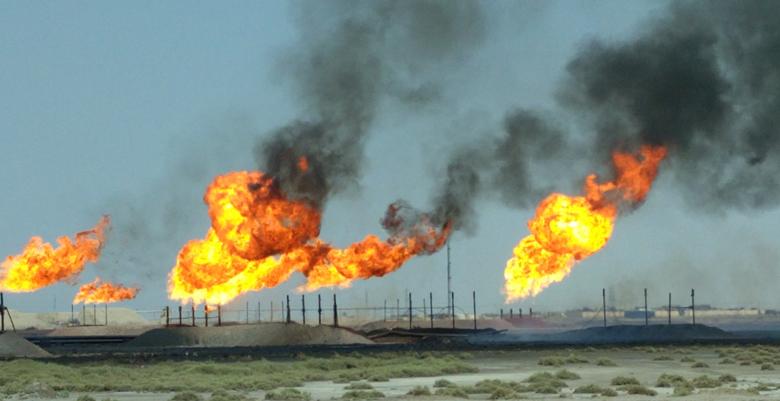
WBG - WASHINGTON, June 12, 2019 – Newly released estimates from satellite data show global gas flaring increased by 3% in 2018 to 145 billion cubic meters (bcm), which is equivalent to the total annual gas consumption of Central and South America.
Gas flaring, the burning of natural gas associated with oil extraction, takes place because of technical, regulatory, and/or economic constraints. It results in more than 350 million tons of CO2 equivalent emissions every year and wastes a valuable resource, with harmful impacts to the environment from un-combusted methane and black carbon emissions.
The global increase was associated with increased oil production in the United States, where gas flaring rose by about 48% from 2017 to 2018 and oil production jumped by 33%. Satellite data indicates that increased flare volumes were concentrated almost exclusively in the shale oil basins in the Bakken in North Dakota and the Permian and Eagle Ford in Texas. These areas saw rapid development in 2018, with shale oil production increasing by around 29% in the Bakken, 40% in the Permian, and 15% in Eagle Ford. However, in the United States flaring intensity–the volume of gas flared per barrel of oil produced–remained low in 2018 at 2.2 cubic meters of gas flared per barrel of oil produced, down from 2.9 in 2012.
Countries struggling with conflict experienced an increase in gas flaring. In Venezuela, gas flaring soared even as oil production declined sharply, indicating a state in crisis, similar to trends seen previously in Syria and Yemen.
“While we cannot control all factors that contribute to gas flaring, we can and must address the regulatory frameworks, infrastructure and technology gaps to utilize or conserve associated gas,” said Riccardo Puliti, the World Bank’s Senior Director and head of its Energy & Extractives Global Practice.
In Angola, gas flaring declined by 27%. Associated gas that would likely have been flared was instead exported through the Angola liquified natural gas (LNG) plant, a positive development for the country’s strategy to reduce gas flaring. In Syria, gas flaring fell by 42%, suggesting the restoration of more normal oilfield operations, following a sustained period of conflict.
The data was released by the World Bank-managed Global Gas Flaring Reduction Partnership (GGFR), comprised of governments, oil companies, and international institutions working to end routine gas flaring at oil production sites around the world. The U.S. National Oceanic and Atmospheric Administration (NOAA) and GGFR have developed the flaring estimates in cooperation with the Colorado School of Mines, based on observations from advanced sensors in a satellite launched in 2012.
In 2015, the UN Secretary-General and World Bank President joined 25 governments, oil companies and international development institutions to launch the “Zero Routine Flaring by 2030” Initiative that commits endorsers to not routinely flare gas in new oil field developments and to end routine flaring at existing oil production sites as soon as possible and no later than 2030. The Initiative has now been endorsed by over 80 governments, oil companies, and development institutions.
“The current endorsers of the Zero Routine Flaring Initiative account for well over half of global gas flaring. Their commitment to avoid routine flaring at new oil fields is encouraging and imperative if we are to end this 160-year-old industry practice,” said Zubin Bamji, Program Manager for GGFR. “The Initiative is also a catalyst for actions to address ongoing legacy flaring. We’ve made progress: over the last two decades, legacy flaring has declined while oil production has risen sharply. But we must remain focused, accelerate efforts, and look for creative ways to end routine flaring.”
For more information and a complete list of the “Zero Routine Flaring by 2030” Initiative endorsers visit www.worldbank.org/zeroroutineflaring
For more information on GGFR and the new satellite flaring data, visit www.worldbank.org/ggfr
The U.S. National Oceanic and Atmospheric Administration (NOAA) and Global Gas Flaring Reduction Partnership (GGFR) have developed flaring estimates in cooperation with the University of Colorado based on observations from advanced sensors in a satellite launched in 2012. Estimates cover gas flaring at upstream oil & gas facilities from satellite data.
Shale oil production figures are taken from May 2019 U.S. Energy Information Administration (EIA) data.
-----
Earlier:
